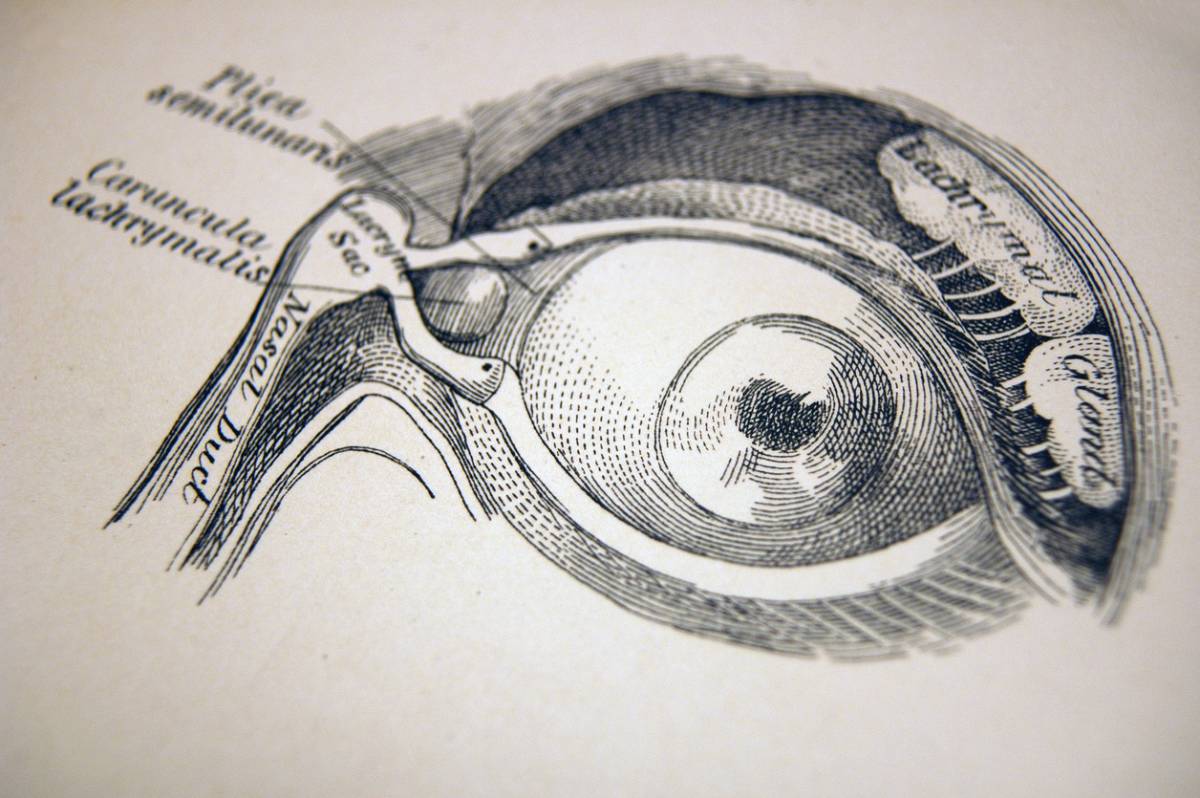A blocked tear duct prevents your eye(s) from draining excess fluid from the eye and into the nose. Without anywhere for your tears to go, your eye may experience irritation and excessive watering. This condition can affect virtually anyone. In fact, some infants are born with a partially obstructed or totally blocked tear duct. Let’s look at some signs of a blocked tear duct.
Signs of a Blocked Tear Duct
The good news is that a blocked tear duct does not have side effects that will harm your long-term health if you treat it early. In the vast majority of cases, the condition is simply irritating. If you recognize the signs and receive treatment, your quality of life will return relatively quickly.
If you do allow a blocked tear duct to go without treatment for an extended period of time, then you may require eyelid surgery in Beverly Hills.
How Tears Work
Your tears are essential to keeping your eyes moist, clearing small foreign objects, and allowing for the proper function of the eye. Whether or not you realize it, you are making tears all the time in just a few steps.
Step 1:
It all starts in the lacrimal glands. These glands are located behind the orbital bone near the upper, outside corners of your eyes. They produce tears and send them down into the eye to keep the socket moisturized.
Step 2:
The tears then flow across your eyes to the inner corners. If you look closely at the inner corners of your eye, you’ll see a dot-like opening. This is the puncta, and it’s where tears exit the eye.
Step 3:
From the puncta, your tears flow down into the nasolacrimal ducts, otherwise known as your tear ducts. When your tear ducts are functioning normally, these ducts allow tears to exit into the nose. If you have a blocked tear duct, the tears trying to enter the puncta have nowhere to go.
Recognizing a Blocked Tear Duct
If your nasolacrimal ducts aren’t draining properly, then tears will stay in your eye longer than usual without anywhere to go. Signs of a blocked tear duct include:
- Irritation
- Redness in the white of your eye
- Swelling near the puncta
- Drainage, including excess tears, mucus, or pus from the eye
- Crusting around the eye
- Blurred vision
In most cases, you will notice a blocked tear duct long before infection is a risk but it is something you should keep in mind. While a blocked tear duct shouldn’t be serious, it can be if you do not seek treatment.
Treating a Blocked Tear Duct
If you notice that your eyes are watering more than usual, you should always seek professional help. Whether you have dry eyes or a blocked tear duct, early detection is the key to an easy treatment.
For Minor Cases:
When a blocked tear duct is caught early you will have a lot of options. In minor cases, you may only need to apply a warm compress. If that doesn’t work, then your doctor can go through options.
For Moderate Cases:
Medicated eye drops, dilation with flushing, or a stent may be suggested depending on the underlying cause of your blocked tear duct. The vast majority of cases will be resolved using a non-invasive or minorly invasive treatment.
For Severe Cases:
In rare cases where these interventions do not provide relief, your eyelid surgeon will discuss the possibility of you having tear duct surgery in Beverly Hills. The exact nature of your surgery will depend on your individual case, but it is usually an outpatient surgery with no visible incisions.
The Key to Treating a Blocked Tear Ducts
Blocked tear ducts can occur for a number of reasons, and they are rarely serious. If you are experiencing eye irritation or watering eyes, talk to your eye doctor to find the cause before it becomes serious.


